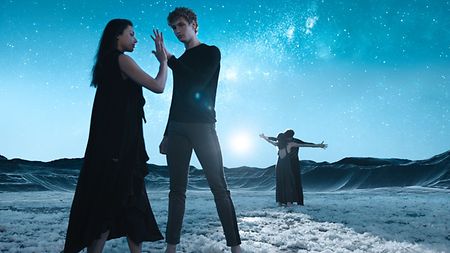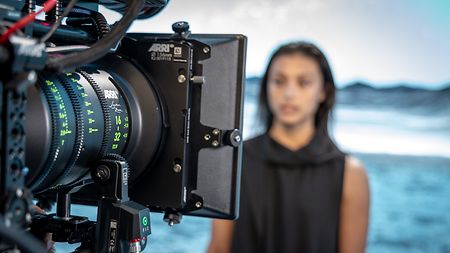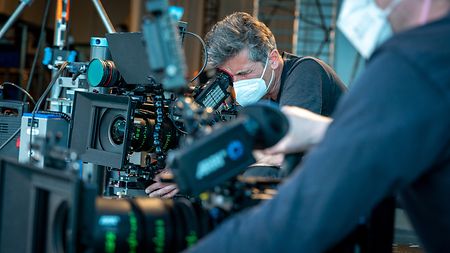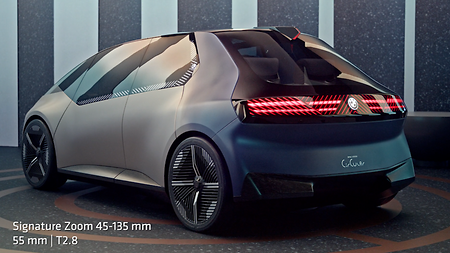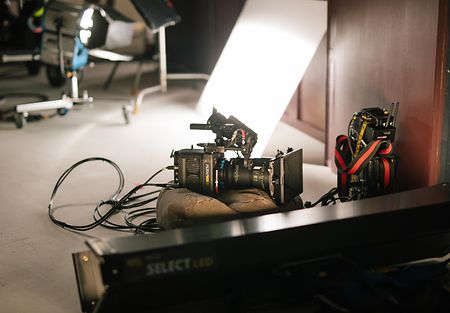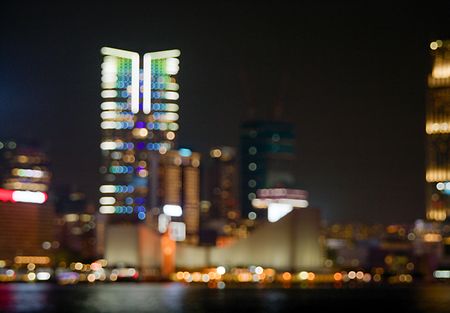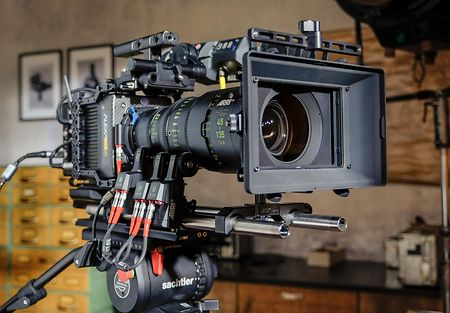Which ARRI Signature Zooms did you have, and how did you use them?
We decided on a two-camera setup and opted not to use the camera tracking of the Hyperbowl’s Unreal Engine, because we had less than six hours to shoot with the dancers. The A-camera with the Signature Zoom 16-32 mm was on a dolly, and the B-camera with the 24-75 mm was fixed on a tripod. My briefing was not to repeat any takes identically. If we repeated a take, we would shoot the same performance of the dancers from a different angle, with a different focal length and different camera height, in order to allow a lot of cuts in the edit, despite the limited shooting time.
Of course, with an aperture wide open at T2.8 all the time, no markers, and permanently changing camera setups, it was challenging for my two focus pullers. Their experience, but also the light weight and compact size of the Signature Zooms, was extremely helpful for the successful shoot.
What did you want to test and find out about the Signature Zooms on the shoot?
Apart from the purely optical properties such as distortion, vignetting, and edge blur, as well as the physical properties such as handling, weight, and size, I also wanted to learn the character of the zooms—how they handle flares, and what the bokeh looks like. Of course, the flares of a spherical zoom can’t be compared with those of an anamorphic, but I felt that there was a very nice effect when light falls directly into the Signature Zooms.
I was curious to see how well the Signature Zooms would reproduce the skin tones on my shoot. This was one of the reasons why we decided that the dancers should be without makeup. I wanted to leave everything as natural, organic, and un-digital as possible in this technical environment, partly because I love the slightly shiny look of natural skin, but also to see how the zooms captured those skin tones. The original set of the “Unheaven” performance took place in a black room; the dancers dance on a carpet of swirling white feathers. I adopted that for our shoot at the Hyperbowl, using a soft base light and strong back light.

